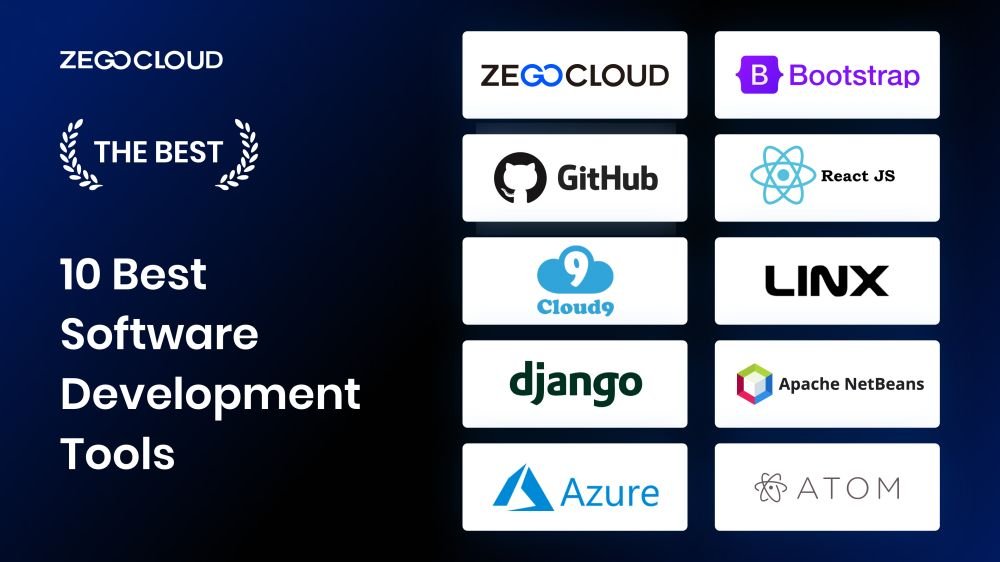In the world of technology, software has emerged as the backbone of all modern systems. From smartphones and personal computers to enterprise solutions and industrial machinery, software powers everything we interact with. As the digital landscape evolves, so does the software that shapes our experiences. In this article, we explore the journey of software development, examine the challenges faced by developers, and look ahead to emerging trends that will define the future of the industry.
The Foundation of Software Development: From Code to Innovation
At its core, software is a set of instructions or programs that tell a computer or device how to perform specific tasks. It serves as the interface between hardware and users, making complex tasks easier and more efficient. However, software development goes beyond just writing code; it is an art that combines logic, creativity, and engineering principles to solve real-world problems.
Early Beginnings of Software Development
The roots of software development can be traced back to the 1940s and 1950s when early computers like the ENIAC and UNIVAC were first introduced. These machines, although massive by today’s standards, represented the beginning of a new era. At that time, software was written in machine code, making it incredibly complex and time-consuming to develop.
With the advent of high-level programming languages in the 1960s, such as Fortran and COBOL, software development became more accessible. These languages allowed developers to write instructions in human-readable formats, significantly improving the speed and efficiency of software creation.
The Rise of Personal Computing
The introduction of personal computers in the 1970s and 1980s marked a significant milestone for software. Companies like Apple, Microsoft, and IBM began to create software for mass-market consumption. Microsoft’s Windows operating system, released in 1985, revolutionized the way people interacted with computers by introducing graphical user interfaces (GUIs). This shift made computing more user-friendly and accessible to a broader audience.
As personal computers became more common, the demand for software expanded. Developers started creating applications for word processing, spreadsheets, databases, and even early video games. The software industry began to take shape as a critical component of the tech ecosystem.
The Current Landscape: Challenges in Software Development
Fast forward to today, and software development is an integral part of almost every industry. Software is no longer just for computers; it’s embedded in everything from medical devices and automobiles to home appliances and wearable technology. However, the growing complexity of software has introduced several challenges.
1. Security and Privacy Concerns
As software becomes more ubiquitous, security and privacy issues are at the forefront of the development process. Cyberattacks, data breaches, and privacy violations have become significant concerns for both developers and users. With more data being stored online and transferred across networks, software vulnerabilities can lead to devastating consequences.
Developers now face the task of building secure systems that protect user data and comply with strict regulations such as GDPR and CCPA. Security best practices, such as encryption, multi-factor authentication, and regular software updates, are critical to mitigating risks. However, balancing security with user experience remains a delicate challenge.
2. The Need for Scalability
Modern software must be able to scale as businesses grow. Scalability refers to a system’s ability to handle an increasing amount of data, users, or transactions without sacrificing performance. As companies expand, they need software that can adapt to changing demands without requiring a complete overhaul.
Cloud computing has become a game-changer in this regard. With cloud-based platforms like Amazon Web Services (AWS) and Microsoft Azure, companies can scale their infrastructure on demand, ensuring that their software can handle growing traffic and data needs. However, scalability often requires careful planning, testing, and optimization to ensure that systems remain stable and efficient.
3. The Shift Toward Agile Development
In the past, software development followed a traditional “waterfall” model, where each stage of development was completed before moving to the next. This process often led to delays, inefficiencies, and difficulty adapting to changes in requirements. As a result, Agile development methodologies emerged as a response to these challenges.
Agile development emphasizes collaboration, flexibility, and iterative progress. Development teams work in sprints, allowing for quicker releases and more frequent updates. This approach allows developers to respond to user feedback and market changes more rapidly, which is essential in today’s fast-paced tech environment.
4. Maintaining Software Quality
Ensuring high-quality software is another significant challenge in today’s development landscape. As software becomes more complex, the likelihood of bugs and defects increases. Developers need to focus on testing, quality assurance, and continuous integration to maintain high standards.
Automated testing frameworks, such as Selenium and JUnit, help streamline the testing process, but manual testing remains essential for identifying issues that automated tests might miss. Balancing speed and quality is a delicate act that requires strong attention to detail and thorough testing protocols.
Emerging Trends in Software: Shaping the Future
As the software industry continues to evolve, several emerging trends are set to redefine the future of development. Let’s explore a few of these trends and their potential impact.
1. Artificial Intelligence and Machine Learning
AI and machine learning (ML) are already making their mark in software development, and their influence will only grow in the coming years. AI-powered tools are being used to automate repetitive tasks, improve code quality, and enhance the user experience. Machine learning algorithms can analyze large datasets, detect patterns, and make predictions, enabling software to become more intelligent and adaptive.
For example, AI-driven code completion tools like GitHub Copilot are already helping developers write code more efficiently by suggesting lines of code and identifying errors in real-time. This trend is likely to expand as AI continues to evolve, making software development faster and more intuitive.
2. Cloud-Native Development
Cloud-native development refers to building and deploying applications designed to run in the cloud. This approach allows for greater flexibility, scalability, and efficiency, as cloud platforms provide the infrastructure needed to run software without relying on traditional on-premises hardware.
With the rise of containerization and microservices, cloud-native development is becoming the standard for modern software applications. Developers can build and deploy applications in smaller, modular components, which can be scaled independently. This trend is especially valuable for organizations that need to respond quickly to market changes and manage large-scale systems.
3. DevOps and Continuous Integration
DevOps, which emphasizes collaboration between development and operations teams, has become a critical practice in modern software development. By breaking down silos between developers and IT operations, DevOps allows for faster delivery of software with improved quality and reliability.
Continuous integration (CI) and continuous delivery (CD) are integral components of DevOps. These practices involve automatically integrating code changes and deploying them to production environments, allowing for quicker releases and more frequent updates. The combination of DevOps, CI, and CD helps organizations deliver software faster while ensuring that it remains stable and secure.
4. Low-Code and No-Code Development
Low-code and no-code development platforms are revolutionizing how software is built. These platforms allow users to create applications with little to no coding experience, using drag-and-drop interfaces and pre-built components. While low-code platforms still require some coding knowledge, no-code platforms enable even non-technical users to develop software.
This democratization of software development is empowering a new generation of creators and reducing the reliance on highly specialized developers. However, low-code and no-code solutions come with their own set of challenges, such as limited customization and scalability.
Conclusion: The Future of Software Development
Software development is an ever-changing field that continues to shape our digital world. From the early days of machine code to the modern age of AI, cloud computing, and DevOps, software has come a long way. While the challenges developers face are significant, the opportunities for innovation and growth are equally vast.
As we move into the future, emerging trends like artificial intelligence, cloud-native development, and low-code platforms will play a central role in shaping the software landscape. By embracing these advancements, developers can continue to create solutions that solve real-world problems, drive business growth, and enhance the lives of users around the globe.


